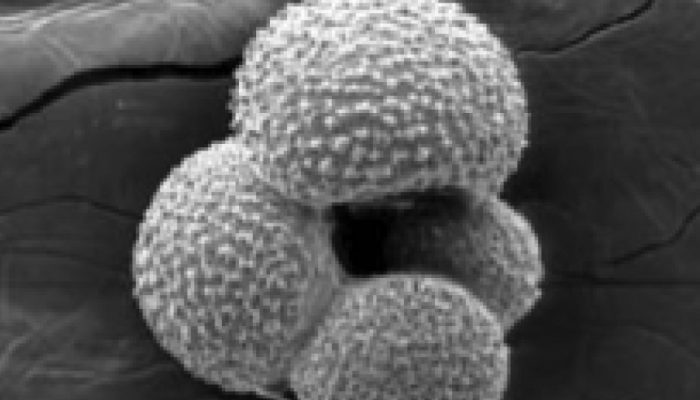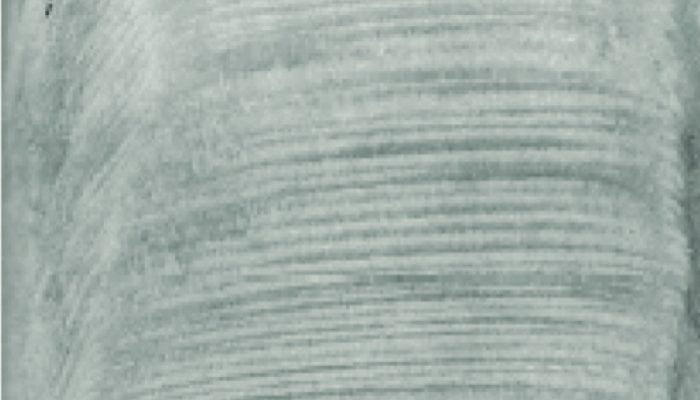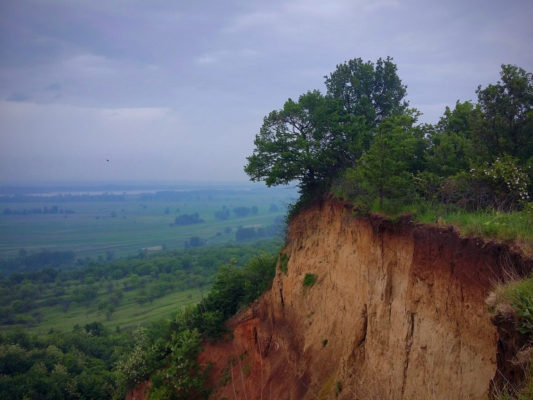Loess is a mineral, aeolian deposit with a range of definitions in literature, which class it as either a sediment, soil, or rock. Some classic texts suggest that “loess is not just the accumulation of dust” [1], and it must include additional processes such as loessification, calcification, pedogenesis, and in-situ weathering. The definition adopted depends on the scientific background and the qu ...[Read More]
Forams, the sea thermometers of the past!

Name of proxy Mg/Ca-SST on planktonic foraminifera shell Type of record Sea Surface Temperature (SST) Paleoenvironment Marine environments Period of time investigated 55 Million years ago to recent times How does it work ? Foraminifera (or Forams) are single-celled organisms varying from less than 1 mm to several cm in size. They are very abundant in the ocean floor (benthic species) or floating a ...[Read More]
What speleothems can tell about the past climates !

Name of the proxy: Stable isotope ratios of carbonates in speleothems Type of proxy: Precipitation, atmospheric circulation, CO2 availability in soil, soil productivity Paleoenvironment: Continental environments Period of time investigated: Present day to 10 million years How does it work? Speleothems are inorganic carbonate deposits growing in caves that form from super-saturated cave waters (wit ...[Read More]
Ostracods, the sentinels of past oceanic circulation

Name of the proxy Ostracoda Type of proxy Paleoenvironment proxy Paleoenvironment All types of aquatic environments but here we will focus on marine waters Period of time investigated Phanerozoic How does it work? Ostracoda are crustacean of millimetre size which have inhabited all types of marine environments from the Ordovician to today (e.g. Salas et al. 2007) and colonized continental water bo ...[Read More]

